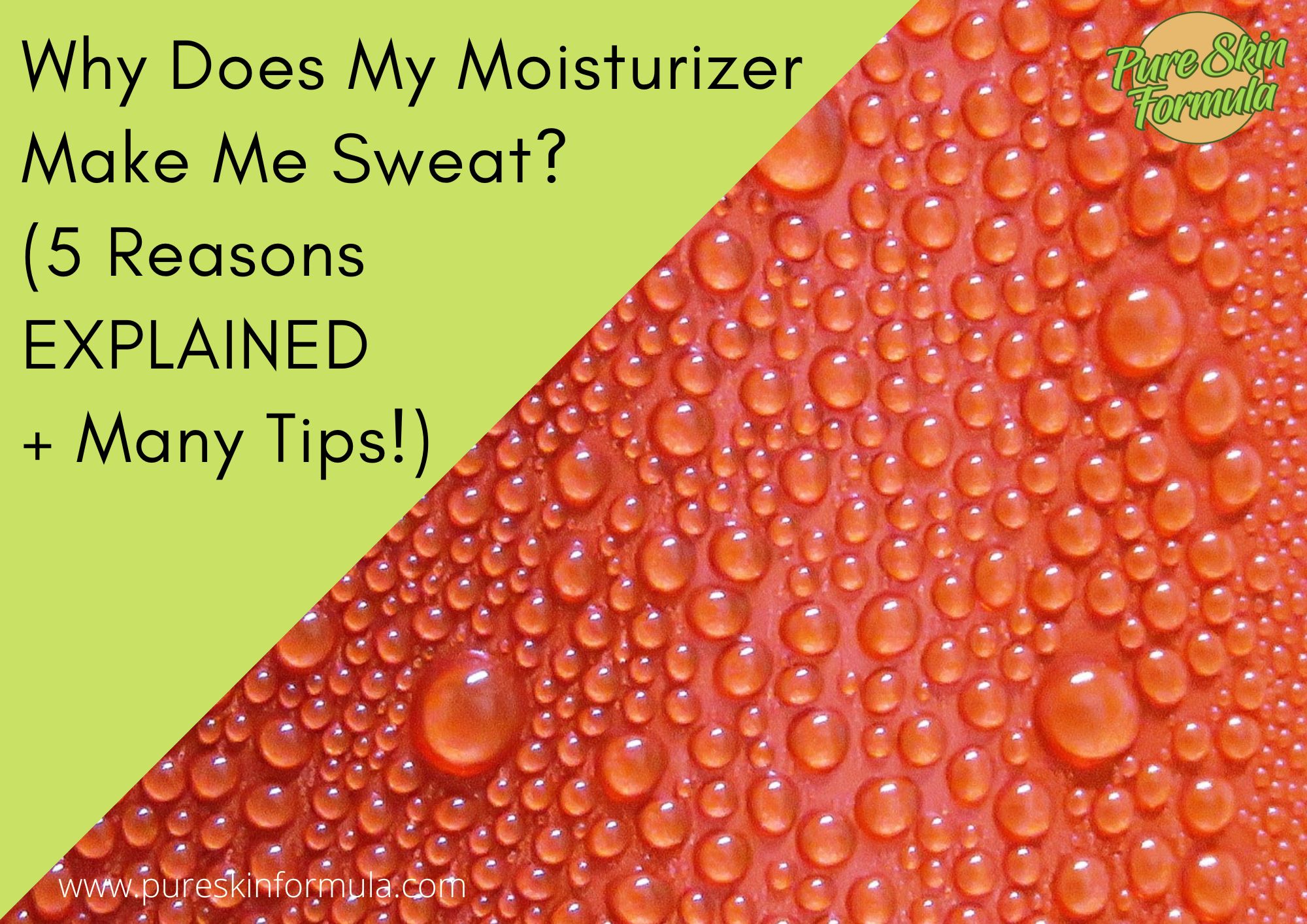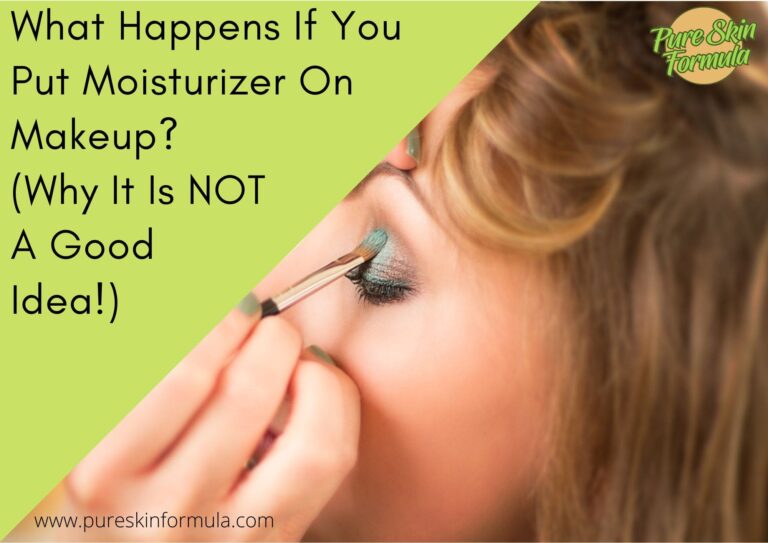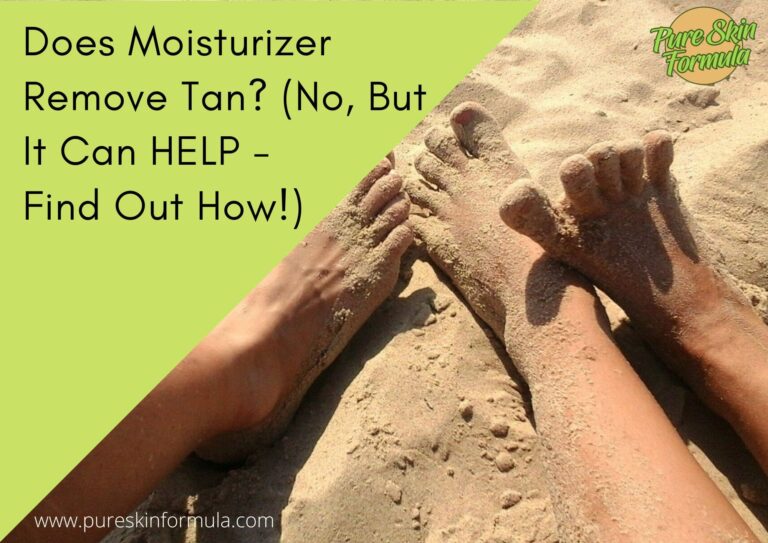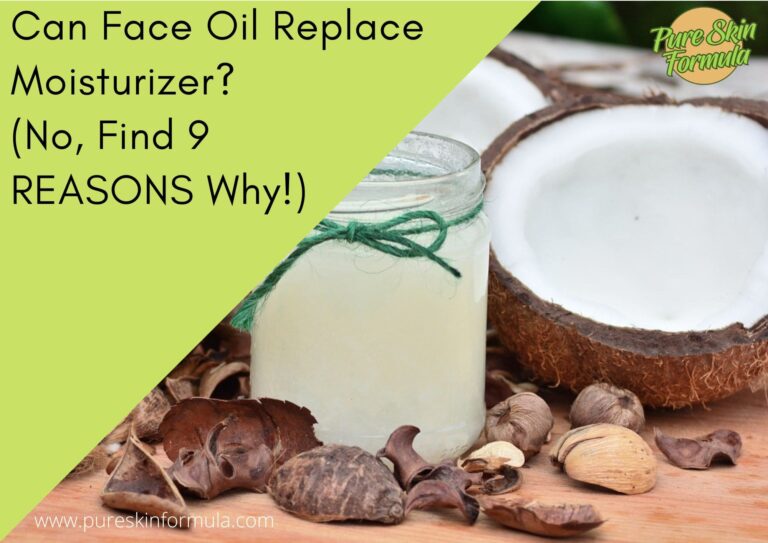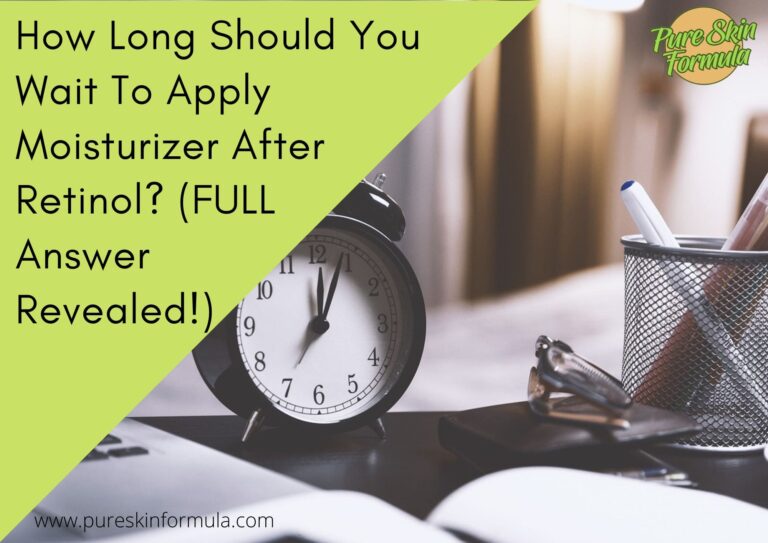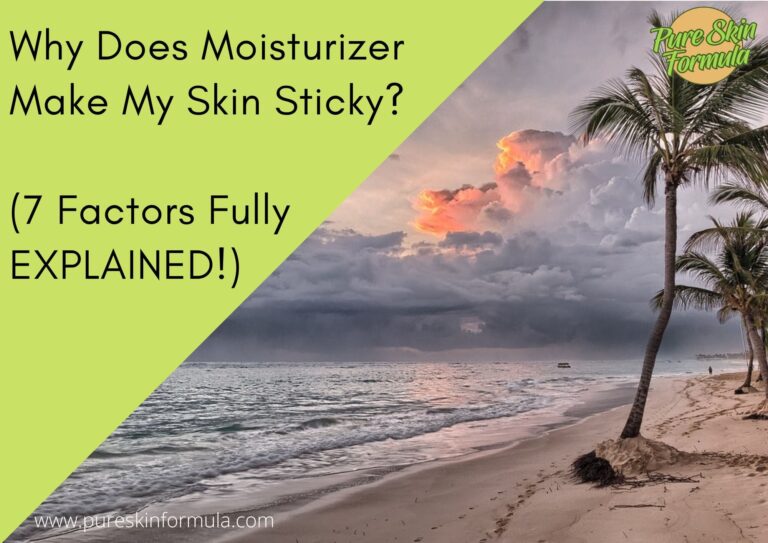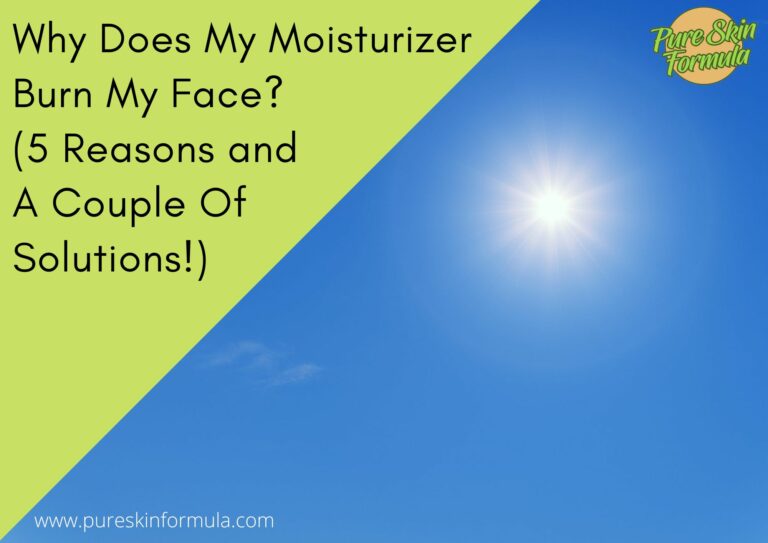Yes, we all sweat, which is normal, but is it ok to sweat after applying moisturizer? Is this a sign of a problem?
Not necessarily. While some skin conditions suggest we can sweat excessively, there are a couple of other reasons we can apply cream and sweat, although we are healthy.
It might be related to your skin type, the wrong product used, climate or your body specifics. Here are five possible reasons for you.
Why does my moisturizer make me sweat?
- You have oily skin;
- You use the wrong product for your skin type;
- You live in certain weather conditions favouring sweating;
- You have certain skin conditions that cause excessive sweating;
- You sweat more, which is normal, just like you were born.
Let’s dissect these five reasons below.
You have oily skin
Sebum production plays a vital role in skin hydration through glycerol, which is necessary for an overall skin barrier.
In addition, sebum delivers lipids to the skin’s surface (epidermis) that can help prevent transepidermal water loss.
But excess sebum production leads to oily skin.
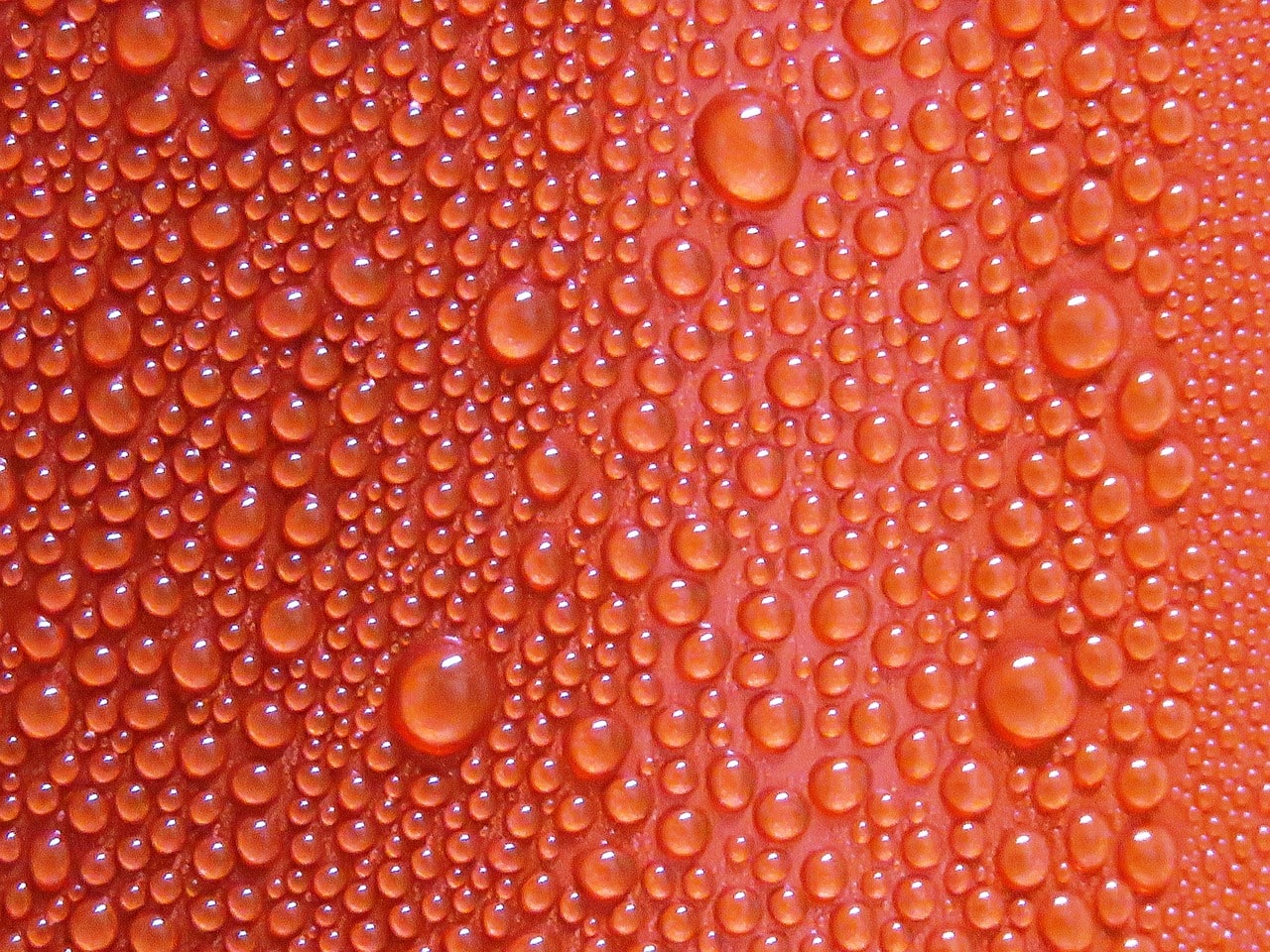
People with moderate to severe oily skin must wash their faces several times daily. The skin looks shiny for several hours after washing.
It is hard to find a sunscreen that does not aggravate the oily feeling of the skin.
These characteristics of oily skin are troubling for both women and men and are perceived as a severe cosmetic problem.
If this is your case, applying the moisturizer might clog the pores, causing sweating of the skin.
If you have oily skin, try using a moisturizer that is not heavy or filled with lots of oils. Make sure your moisturizer is lightweight and quickly absorbs into your skin.
You use the wrong product for your skin type
It could be that the product you use is comedogenic, while you, for example, have oily skin.
The comedogenicity of a substance indicates it is likely to have pimples. This is especially important for people with oily or combination skin.
The term comedogenic describes the property of an ingredient or product to clog pores, which can subsequently lead to breakouts and blackheads.
Do comedogenic products always lead to breakouts?
No. The comedogenicity of an ingredient does not indicate whether there will be pimples on the skin.

We cannot separate ingredients and products into “comedogenic” and “non-comedogenic”.
It’s about a scale of probability on which all products are ranked. Some substances are more comedogenic, others less so.
But that doesn’t mean that a highly comedogenic product leads to breakouts. After all, everyone is different, and that’s why skin always reacts differently.
The comedogenicity scale (see below) is helpful for people who constantly struggle with problem skin.
Maybe you’re using a highly comedogenic product for a reason and don’t know.
Another issue if you have an oily face could be using thick and greasy moisturizer. A better option is applying light, hydrating, mattifying cream.
You live in certain weather conditions favouring sweating
This is the most self-explanatory reason. If you live in a hot or humid area, your sweating may be a side effect of that environment.
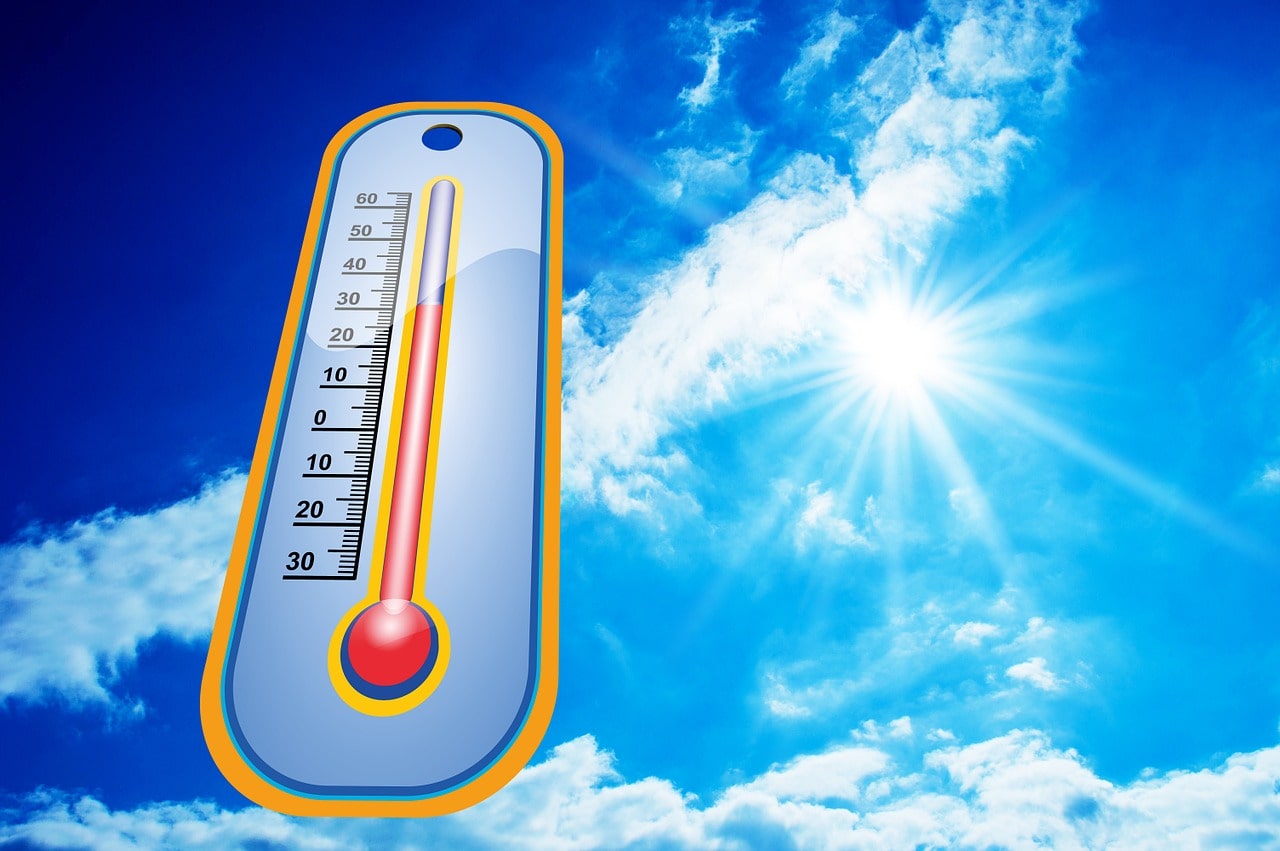
The body’s natural cooling system cannot work effectively in high humidity.
Moisture in the air prevents body sweat from evaporating.
Here’s an example: coconut oil is highly comedogenic but can work wonders for dry skin without any breakouts. However, they can occur when using coconut oil on oily skin.
If you have recently moved to a hotter area and your sweating has increased simultaneously, the climate is affecting you.
Using moisturizer on top of hot and humid weather can naturally increase sweating.
If you are in a warm climate, you also want to ensure you are using a light and easily absorbed product.
You have certain skin conditions that cause excessive sweating
Under normal conditions, our body secretes a salty colourless fluid through the pores of the sweat glands up to 1 millilitre per square metre per minute.
In hyperhidrosis, this fluid increases, sometimes up to 40 times.
An unpleasant smell often accompanies this because the sweat glands secrete fat particles in which microorganisms concentrate and multiply.
In addition to the hands and feet, the armpits, back, chest, and genitals are actively sweating.
The hairy part of the head and face, including the forehead and cheeks, are not spared.
Although the exact cause of the condition is unknown, it is assumed that primary excessive sweating results from a disorder related to the nervous system.
Studies suggest that in such cases, the brain gets confused and sends impulses to the sweat glands, stimulating them to work actively without the need to cool the body.
The confusion in question is inherited, but hyperhidrosis can also occur when disease conditions develop:
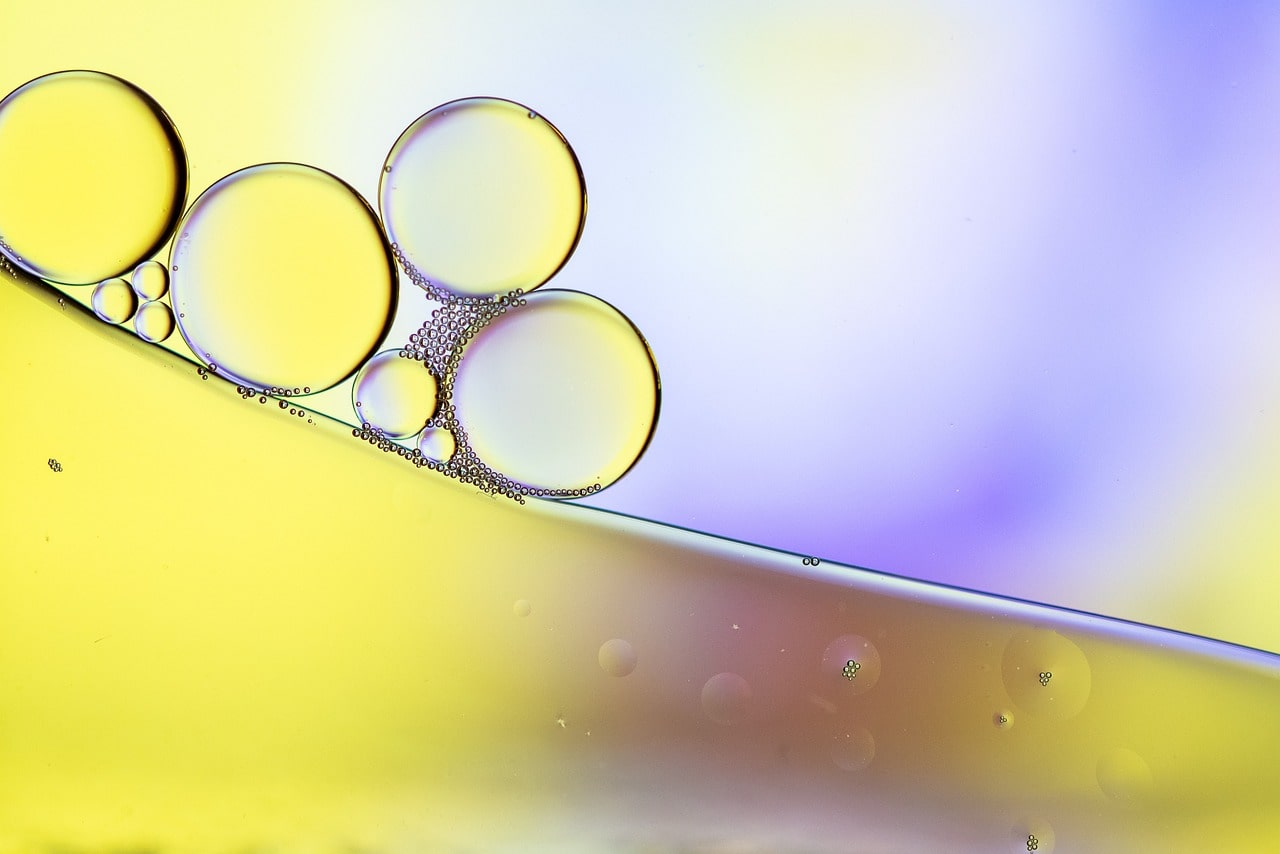
- gout
- diabetes
- increased thyroid function
- tuberculosis
- malaria
- peripheral nerve damage
- Parkinson’s disease
- respiratory or heart failure
Conditions for profuse sweating also occur in overweight and pregnancy and the menopausal period.
Sometimes drugs, alcohol, and medications are to blame for the problem.
It is possible to have hyperhidrosis if…
You sweat significantly more than most people
You experience constant sweating at least once a week
There are other people in your family with hyperhidrosis
In such cases, applying moisturizer can additionally increase sweating.
You sweat more, and that is normal, just the way you were born
Sweating is the process of natural air conditioning of the body by which it cools itself.
This is not only beneficial but also very important for the normal functioning of the body. Sweat excretion removes heat from the body and allows it not to overheat.
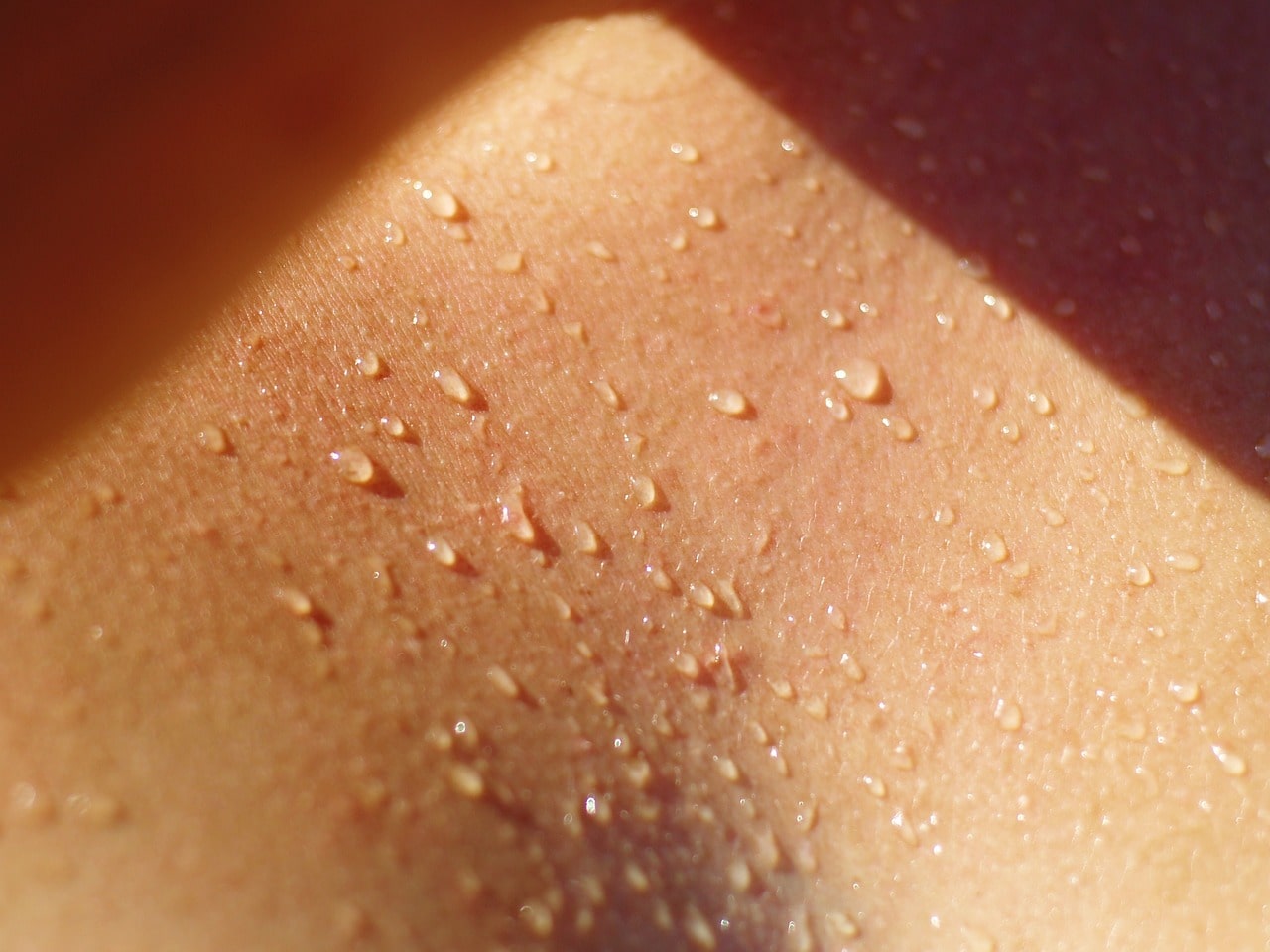
Sweat is 99% water but contains small amounts of carbohydrates, salts, proteins and urea.
On its own, it does not smell, but contact with the bacteria on the skin’s surface causes the specific smell.
Because of its composition, sweat also has beneficial functions, whereby it helps hydration and the formation of a water-lipid mantle on the skin.
The human body has about 2 to 4 million sweat glands all over the body, which are of two types – eccrine and apocrine.
The eccrine ones are most densely located on the face, palms and soles.
They work continuously, secreting a clear, odorless, watery fluid, and the amount of sweat depends very much on a person’s temperature, physical and emotional state, and weight.
The apocrine glands are located mainly in the armpit and genital area. They produce a thicker secretion which, thanks to the bacteria on the skin, emits the specific smell that we are all trying to get rid of.
Interestingly, there are between 25 000 and 45 000 sweat glands in the armpits, which is only 1% of the total number on the body.
But they cause us the most severe daily discomfort, especially during the summer and in complicated, stressful situations.
If you have more sweat glands than other people, you sweat more.
You could try some of these valuable tips against sweating
- Dissolve one teaspoon of salt in 6 cups of hot water and rinse your hands with this solution two times a day if they sweat a lot.
- Pour four tablespoons of ground oat straw with one litre of hot water and leave for one hour. Without straining, make a bath for your hands. Keep them immersed for 20 minutes.
- Grind young oak bark into powder and sieve through a sieve. Sprinkle this powder on the inside of your socks. Do this every day.
- Pour five tablespoons of ground walnut leaves with one litre of hot water and leave the mixture for one hour. Then put it on low heat until it boils. Cool it down, strain it, and take a foot bath.
- Mix two parts each of cranberry leaves and sage leaves and one part each of clover and white miller. Pour one tablespoon of mixture with one cup of hot water and leave for 2 hours. Then strain and take half a cup 3 times a day, half an hour before meals.
- Pour one tablespoon of sage leaves with one cup of hot water and leave to soak for 20 minutes. Then strain and drink half a cup 3 times a day one hour after eating. This remedy is beneficial for menopausal women and stops sweating.
- Try moisturizers that have a water base instead of an oil base.
- You could experiment with aloe vera-based gel
- Cleanse your face with milk.
- Apply ice on your face before make-up.
- If you apply too much moisturizer to your skin, try to decrease the amount. Apply it gently with your fingertips instead of rubbing the product.
To wrap it up
Sweating after applying a moisturizer could be an unpleasant reaction to the skin. But it has its reasons and could be explained.
You have to explore if this phenomenon has something to do with your skin type, the climate you live in or a specific skin condition you might have.
It could also be related to a wrong product you use. Or this is just you – with your unique number of sweat glands that you were born with.
Can you do something to minimise the discomfort – yes, you could experiment with a few potential solutions.
Thank you for reading!
Valeria

